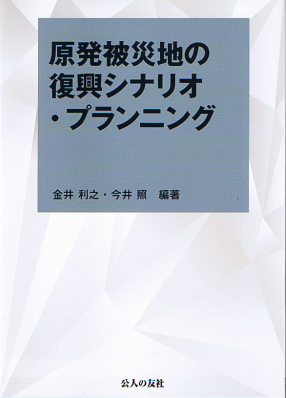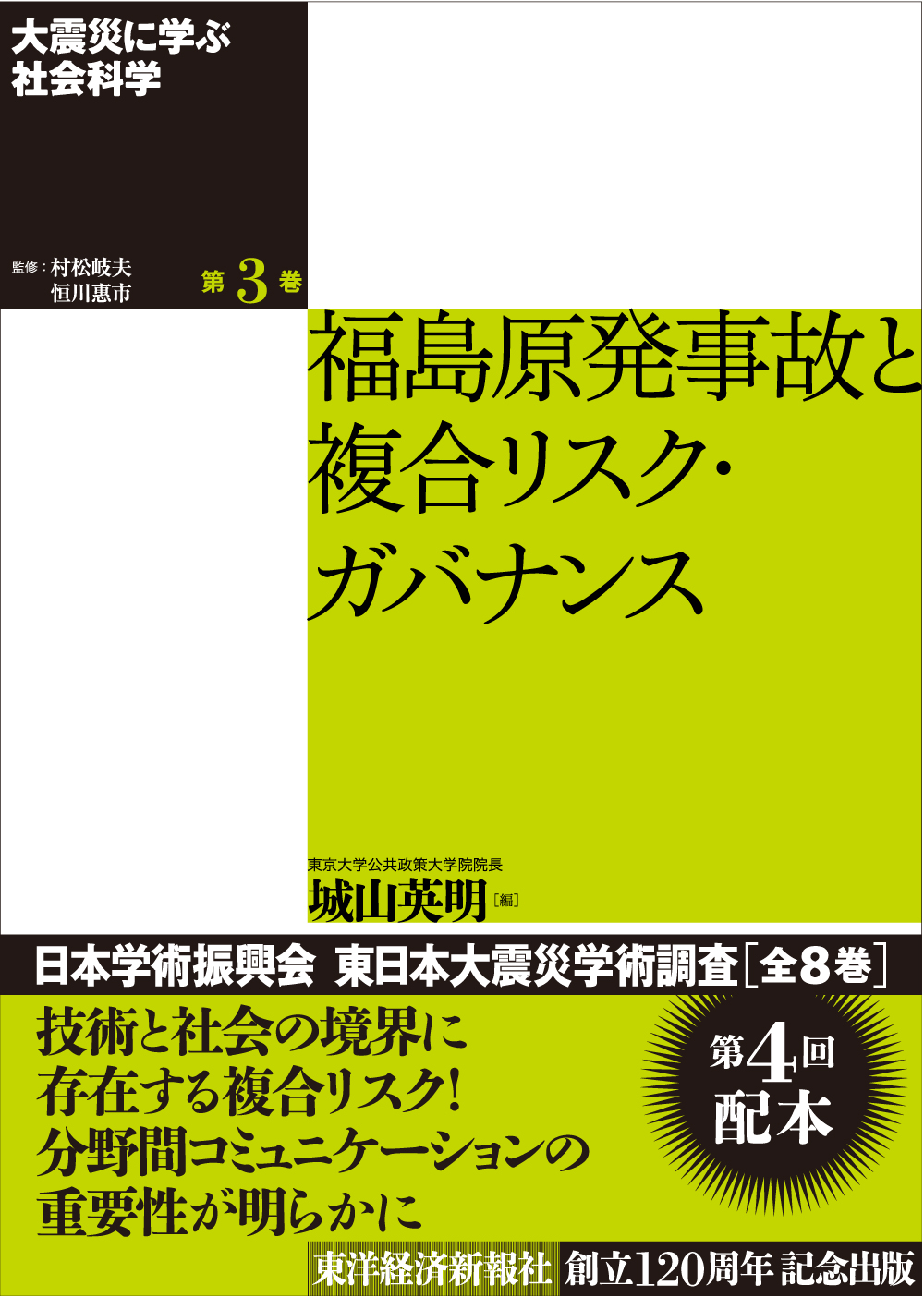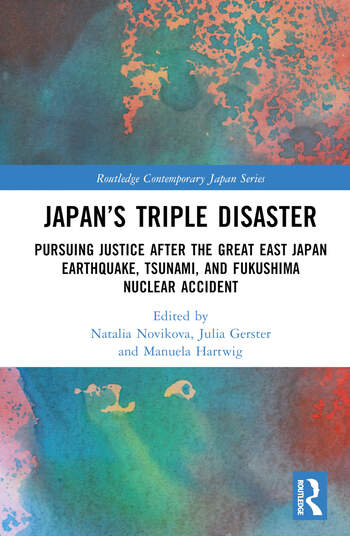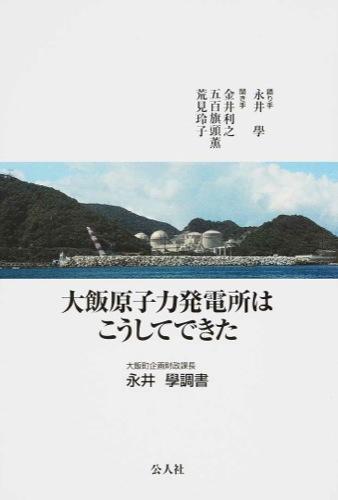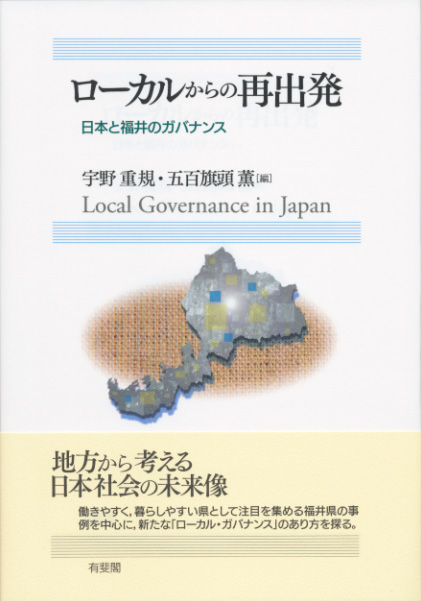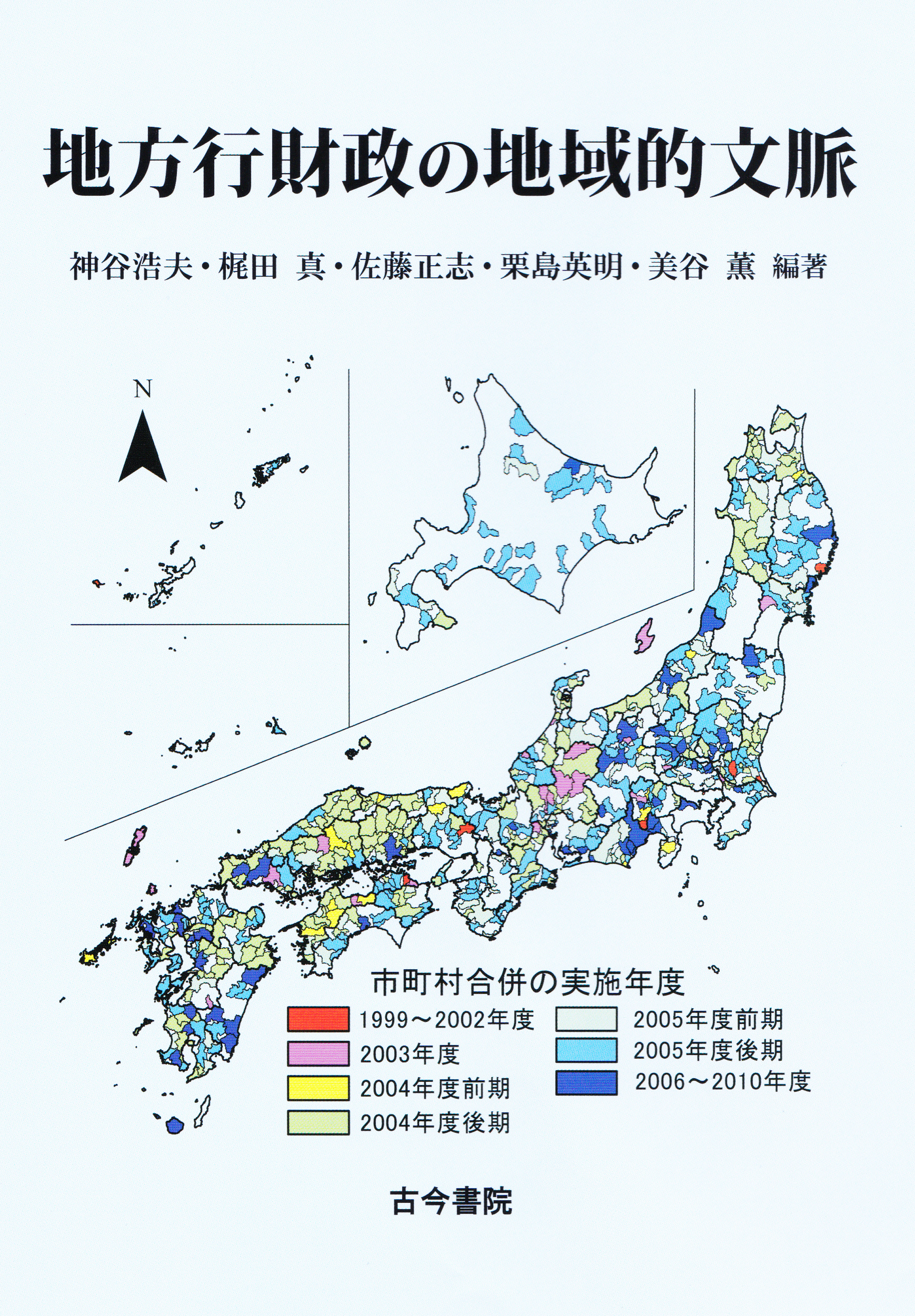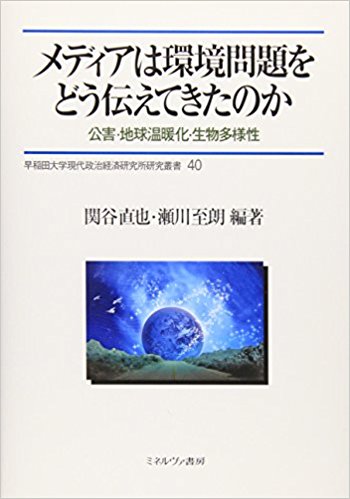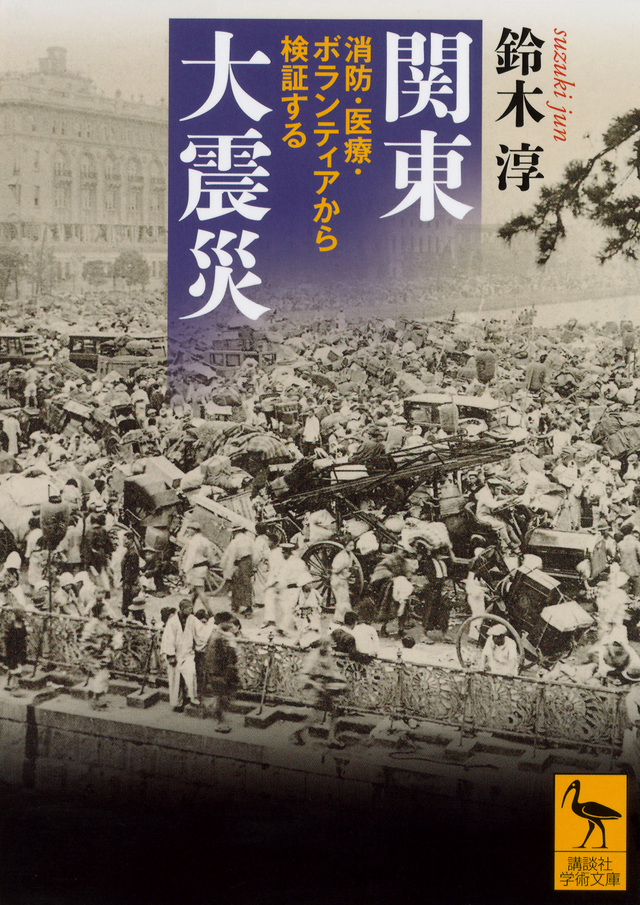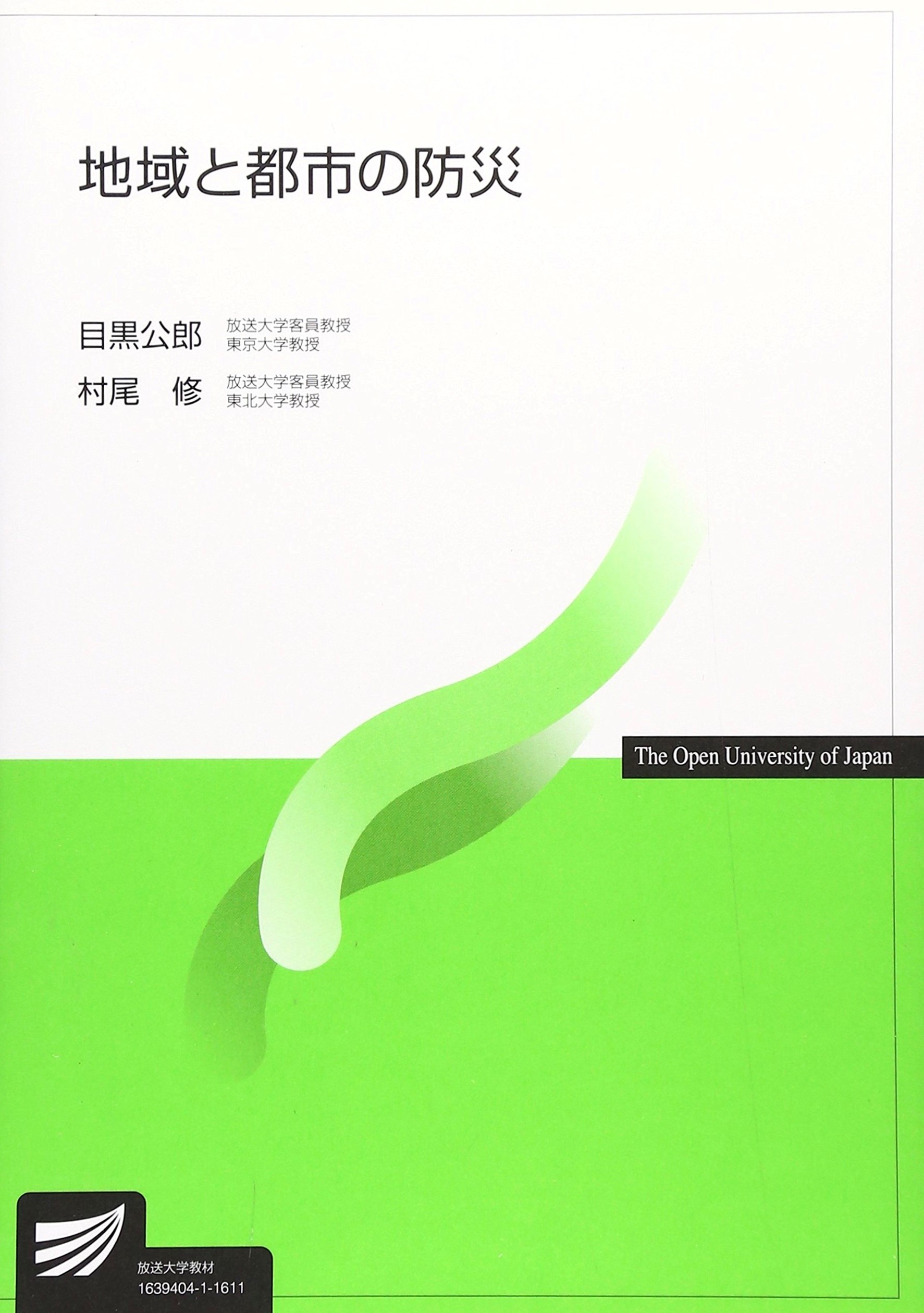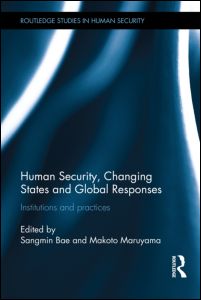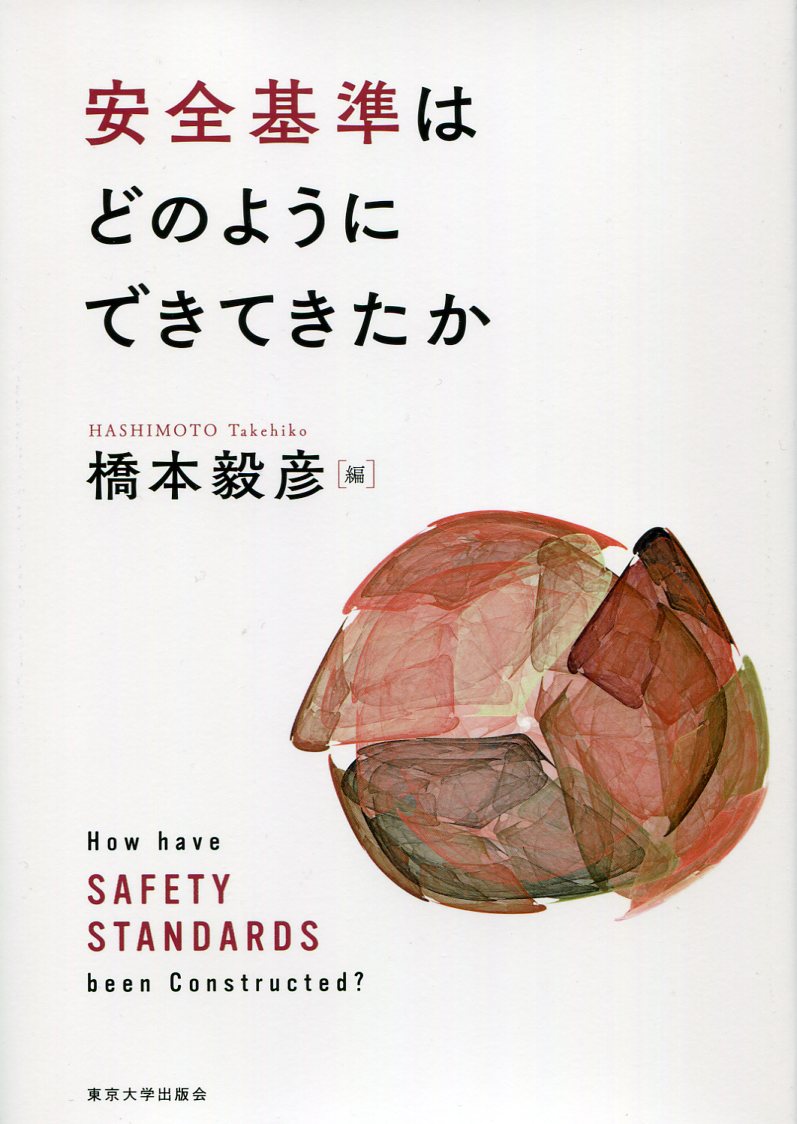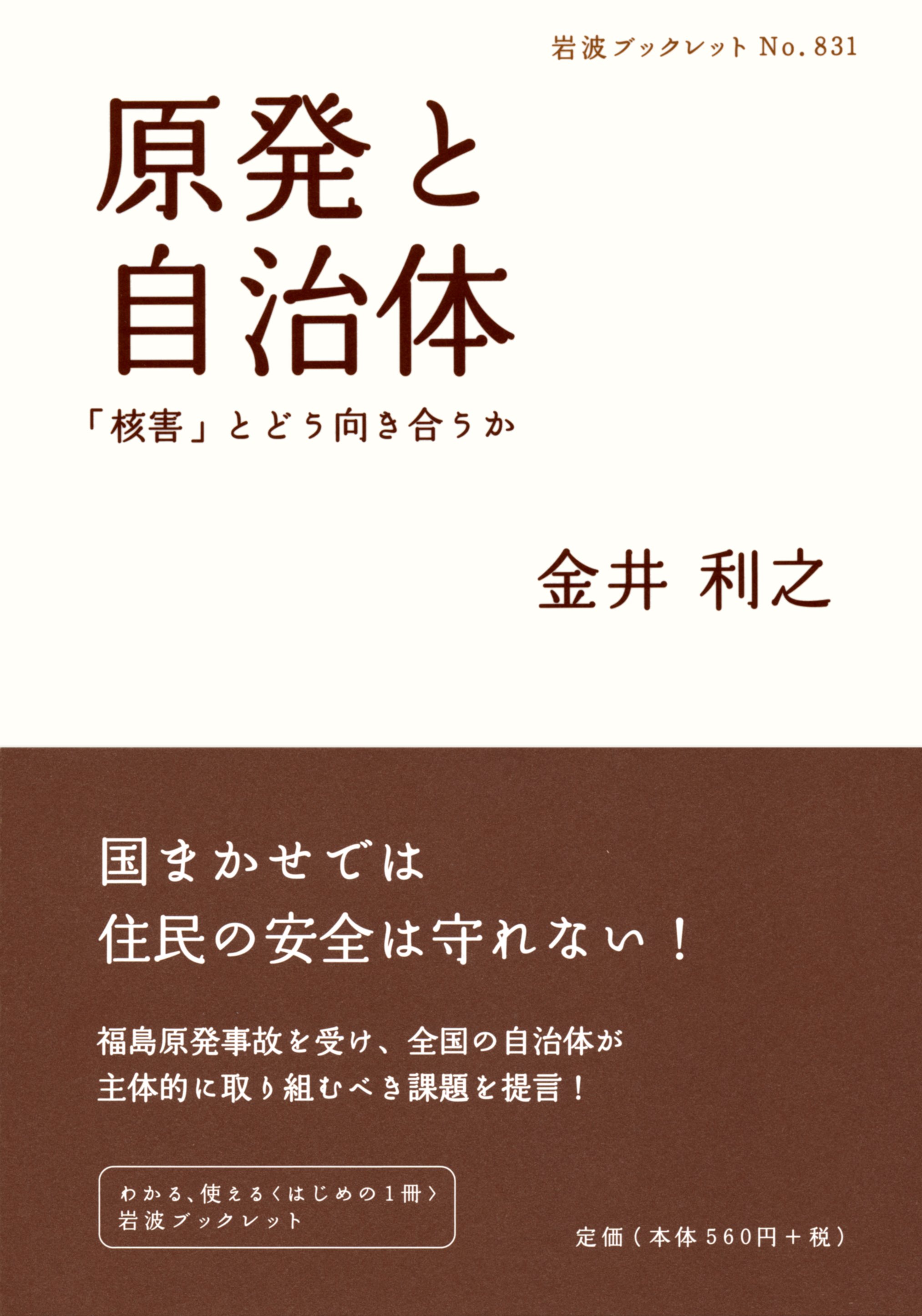
Title
Iwanami Booklet 831 Genpatsu to Jichitai (Nuclear Power Station and Local Governments: Perspectives on nuclear pollution)
Size
72 pages, A5 format, softcover
Language
Japanese
Released
March 06, 2012
ISBN
978-4-00-270831-7
Published by
Iwanami Shoten
Book Info
See Book Availability at Library
Japanese Page
There are only a few books that address the issue of having nuclear power stations (NPSs) with a focus on local govenments, apart from reportage on specific local governments. This book has been written to mark the one-year benchmark since the Fukushima Daiichi NPS accident in March 2011, that measured up to level 7 on the INES scale, from the perspective of the local government. It also addresses the ‘radioactive pollution’ as a man-made problem. The premise is that the environmental pollution in the past is characterized by a localized occurrence, where the primary victims are residents and government of the locality; in some cases, the local governments initiated measures against the pollution before the national government responded, but they did not necessarily assume a leading role due to community power structures. It is because, in the issue of pollution, the attitude of a local government has a significant bearing.
In Japan, accidents at NPSs has been customarily treated as ‘disasters,’ as in a ‘nuclear disaster,’ as opposed to a man-made problem of pollution. This is true in the sense that, for example, the Fukushima Daiichi accident was triggered by a natural disaster, the 2011 major earthquake of Japan. However, ordinary natural disasters do not leave problems lingering, and prospects for recovery in the local communities may be found relatively soon. In nuclear accidents, measures must be taken under uncertain risks lasting for an extended period of time rather than starting early recovery efforts following short, temporary evacuation. For this reason, the author considered that these accidents should be treated as a problem of pollution, and not just a matter of a disaster. To put it simply, this problem cannot be handled within a conceptual framework that envisages early termination of the disaster by accelerating recovery efforts. Rather, this situation requires enduring measures for a mid-to long-term solution. In other words, natural disasters may be grappled with through recovery efforts, but nuclear pollution does not allow ‘recovery’ so easily.
This book comprises two chapters, with Chapter 1 reviewing the local governments that suffered in the Fukushima Daiichi accident, and Chapter 2 considering other hosting local authorities as ‘at-risk local governments.’ In Chapter 1, the scenarios of predictions created 12 months after the accident are presented.
Six years later, most of those predictions were confirmed to have become reality. The perspective of the ‘recovery’ is carried on further in the Scenario Planning for Recovery of Nuclear Disaster Victim Areas (Koujin no tomo, 2016), co-authored by Professor Akira Imai of Fukushima University.
Chapter 2 deals with the local governments hosting nuclear power stations. They will soon be faced with the decision to resume the station operation. At the time of writing the manuscript, there was a political climate for reviewing the nuclear energy policies, but the author deliberately took an approach based on the resilience of the pro-nuclear structure. Six years on, the current development mostly confirms the author’s assumptions. In terms of the innate understanding of the policy-making structure in the at-risk local governments, readers may find informative the Making of Ooi Nuclear Power Plant: Interviews of Director of Planning and Finance, Ooi Municipal Government, Manabu Nagai (Kojinsha, 2015), written in collaboration with Professor Kaoru Iokibe of the University of Tokyo and others.
(Written by KANAI Toshiyuki, Professor, Graduate Schools for Law and Politics / 2018)



 Find a book
Find a book


